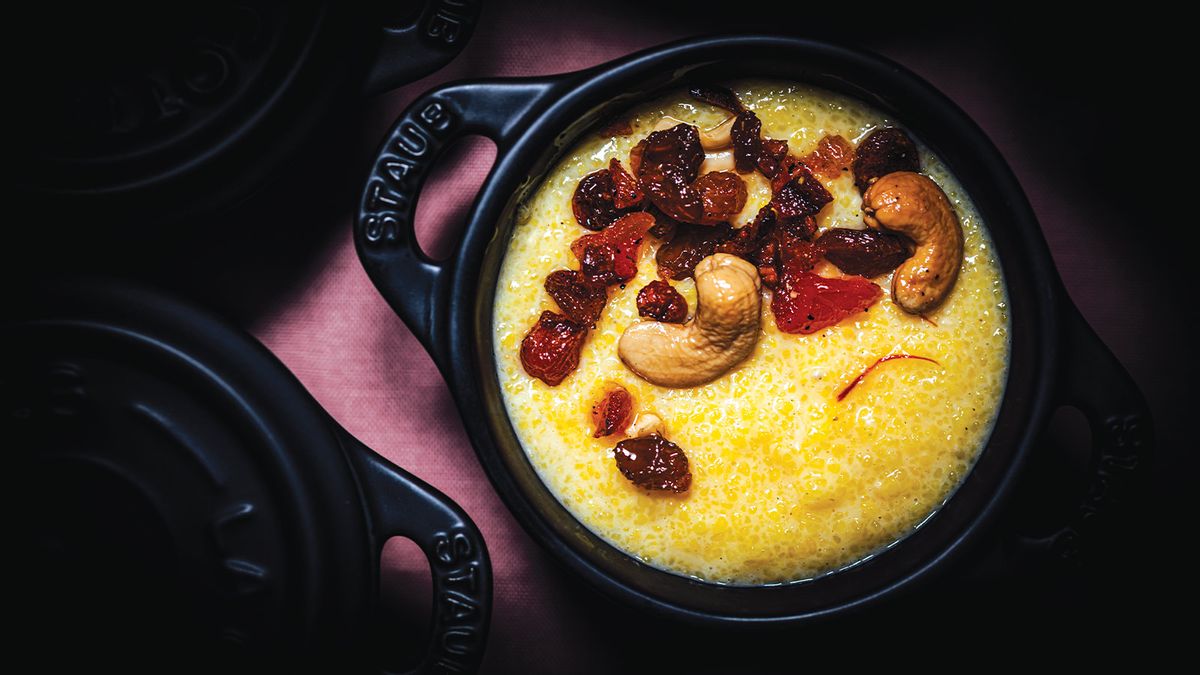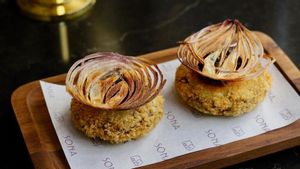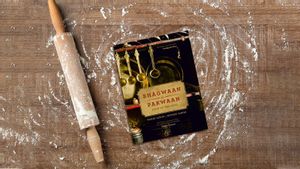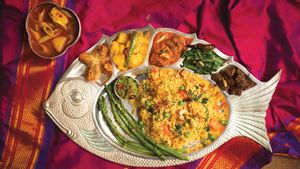It’s not your typical cookbook.
Yes, there are recipes (over a hundred). But, there’s so much more.
In The Flavor Equation: The Science of Great Cooking Explained in More Than 100 Essential Recipes, author Nik Sharma draws on research, and uses his scientific background to create a book that breaks down the anatomy of a recipe and uses emotion, sight, sound, texture, aroma and taste to establish the flavour of a dish. The result is part cookbook, part scientific cooking journal.
Sharma is a food writer, cook and photographer, a columnist at Serious Eats, and founder of the widely popular blog, A Brown Table. His debut cookbook, Season was a James Beard Cookbook Finalist & Julia Child Foundation Award (IACP) Finalist (2019).
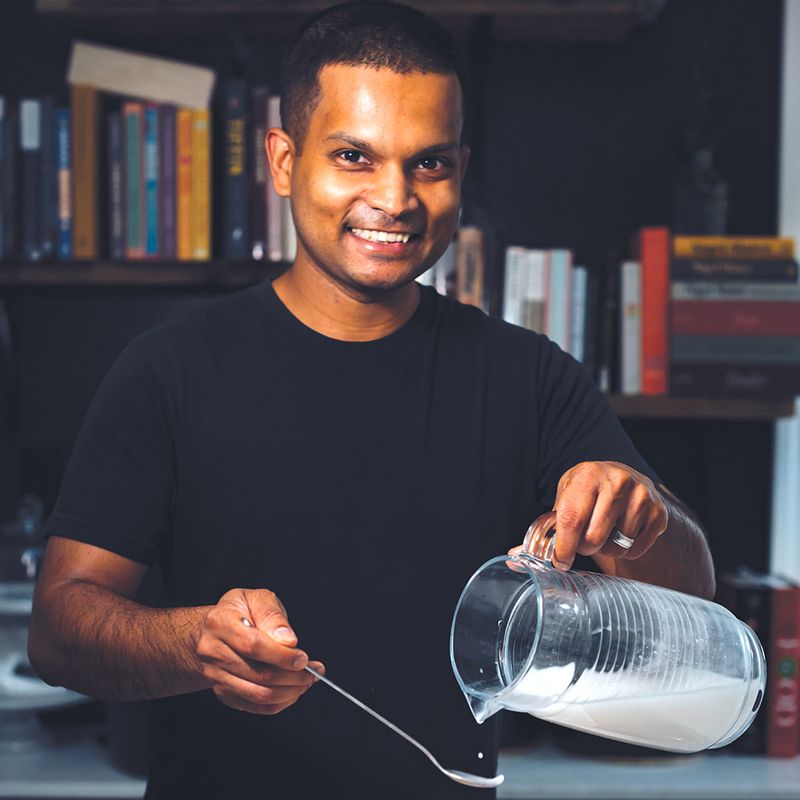
The Flavor Equation has two parts, each packed with illustrative charts, mesmerising close-ups of ingredients and dishes, and easy recipes. In part 1, Sharma focuses on the components that make up the ‘flavour equation’: emotion, sight, sound, aroma, mouthfeel (texture), and taste. Part II looks at the anatomy of a recipe — why certain ingredients are combined, how they behave and how they work together to build flavour.
Though the information may seem overwhelming, the book offers useful nuggets and cooking advice: massaging vegetables by hand releases the water trapped inside them thus making for a better pakora; the perception of bitterness changes according to the temperature of food — if it’s cold, it tastes more bitter; adding sour ingredients first minimises the need for salt as acid helps increase the perception of saltiness; and dairy is more effective than water in providing relief from fieriness — the milk protein casein prevents capsaicin molecules from interacting with sensory receptors.
Sharma didn’t go to culinary school so everything he learnt came after watching the cooks in his life, reading cookbooks and newspapers and asking questions. His entire journey – starting with experimenting in the labs of St Andrew’s High School, Mumbai, to becoming a food photographer, and his mixed Indian heritage (Sharma’s father is a Hindu from Uttar Pradesh while his mother is a Roman Catholic from Goa) has aided his perspective on food and flavour.
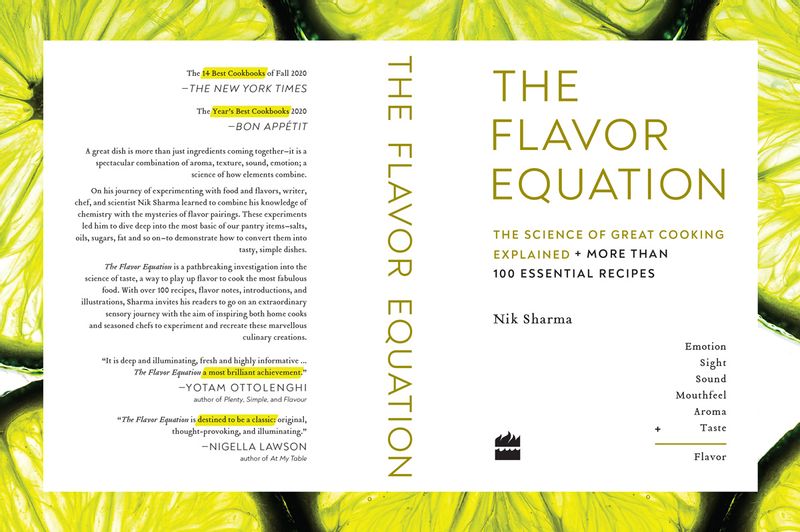
Edited excerpts from an interview:
1. Cooking techniques have a foundation in science. When did you come to this realisation?
The first time I actually thought about food and science was in my high school chemistry class. We learnt the concept of pH using pieces of filter paper soaked in turmeric. Turmeric, one of the most common spices used in Indian cooking, turns red under alkaline conditions. Such a simple yet marvellous act to see unfold in the lab, it made me rethink what cooking really is.
2. What was the research involved in putting this book together?
Thank goodness for the internet and search engines because, during the pandemic, it really helped. We all know that flavour is made up of so many different components but I wanted to explore the subject from a more global perspective and also update some of the science that’s previously written. The taste of fat, though not yet an officially recognised taste, is a concept that’s gaining a lot of traction through a growing body of research and it gets a special spot in this book. Some of the earliest studies that I read focussed on the initial experiments done by physiologists who ran taste experiments on various biomacromolecules on people and measured their physiological responses using taste equations. Some of these made it into the data charts in the book.
3. There’s logical thought behind every action in the kitchen. How then does one explain andaaz or instinct?
Instinct is something that develops over time through trial and error. The more you familiarize yourself with ingredients and techniques, the better you get at understanding them, how they work, and how to manipulate them. Spending time cooking with experienced cooks either in homes or in restaurants is another way to absorb information. And then, of course, there’s the effect of culture and how we apply certain combinations that are unique to where we come from and that becomes second nature to us.
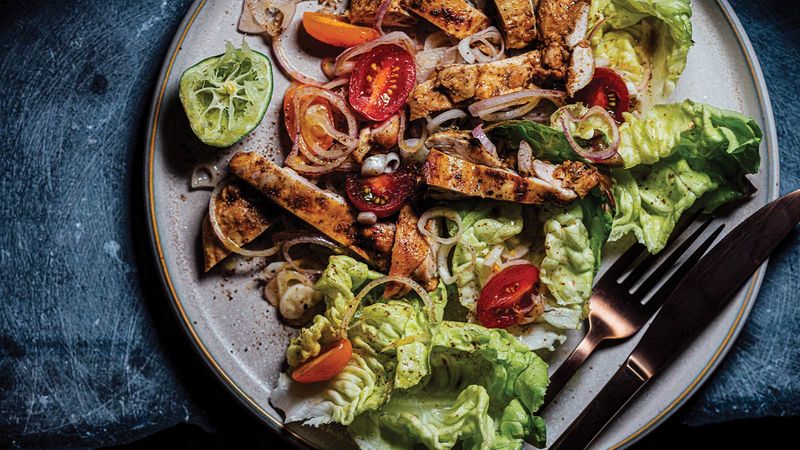
4. You aren’t a fan of health alternatives and substitutes. Why?
I’m not interested in diet fads or so-called health alternatives, fake meats, etc. Often the claims made aren’t really supported by data or the evidence that exists gets contradicted by another study. Take a look at fats, they were maligned a few decades ago but now we’ve come back to the realisation that fats aren’t something to be avoided, they’re important for our health.
5. What flavour profile do you often turn to? Why?
The trio of sweet, sour, and hot is what I find that I’m most often drawn to. The way these play with each other can produce a remarkable variety of outcomes in both sweet and savoury dishes. Chillies with honey and lime juice in a salad dressing or over fresh slices of sweet melon is a brilliant combination.

6. The recipes are simple and without too many special elements. Was that intentional?
Absolutely! When writing the book, my main focus was trying to tie in science from an approachable perspective so that it would be useful to people in the kitchen, regardless of their academic background. The recipes also needed to illustrate the scientific concepts discussed and also explain why, how, and what was happening in the recipes.
7. How has your understanding of flavour changed from your childhood in India to your life now in Los Angeles?
Living in California has really made me appreciate how much the New World has transformed Indian cuisine. Scratching my head and the first things that immediately pop in my mind are chillies, bell peppers, tomatoes, potatoes, guavas, and cashews. They’re such an integral part of Indian cooking and form some of the most popular flavours and recipes.

8. Does the science of food factor in when it comes to food photography too?
I think it does a little bit, in the way I play with light and also in the way I tend to style my food. I lean towards curves and geometric arrangements quite a bit.
9. And finally, tell us about some of your Goan food memories.
My favourite ones are those from my summer vacations visiting Goa with my family. Mangoes, jackfruit, cashews were grown in my grandparent’s home in Panjim and it was such a special treat to eat them fresh. The large celebratory aspect of Goan meals with my family is what I look forward to on every visit.


